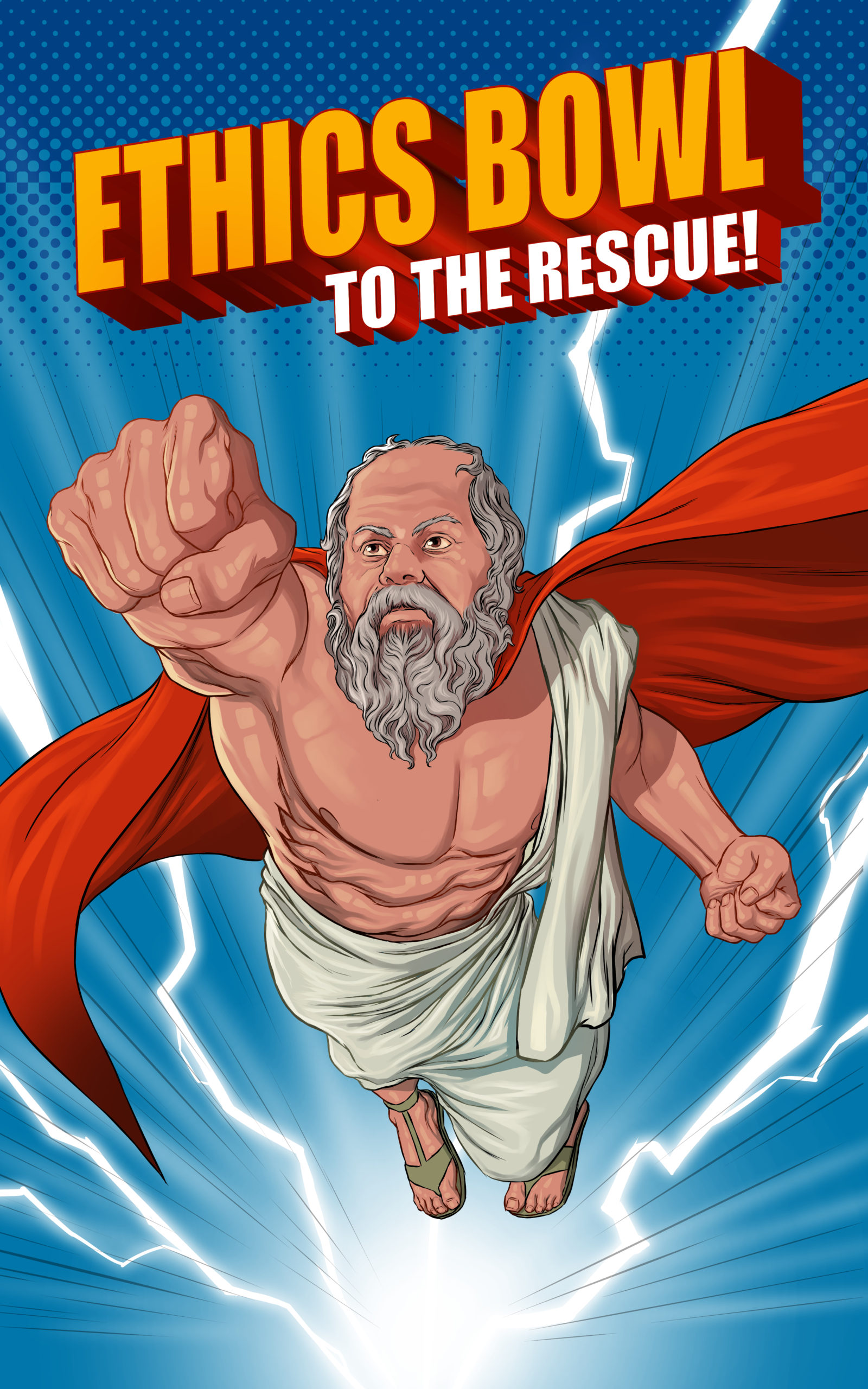Continuing the Conversation: a Post-Bowl Discussion Topic and Guide
If your regional Bowl is over and your team didn’t advance, that’s no reason to disband. Thanks to Coach Michael Andersen, you can easily pivot into Ethics Club mode with this ready-made discussion guide. It’s even tied back to a couple of old Ethics Bowl cases. And if you’d appreciate more off-season resources like this, post a comment or shoot me an email at matt (at) mattdeaton.com! Perhaps we can accommodate.
2024-2025 NHSEB Regional Case 11 Oh Boycott Study Guide
2024-2025 NHSEB Regional Case 2 A Dear Confidant Study Guide and Bonus Emotional Affair Video
2024-2025 NHSEB Regional Case 7 Infographic Activism Study Guide with Bonus Gemini AI Script
2024-2025 NHSEB Regional Case 9 Parents Out of Bounds Study Guide
Here’s another superb NHSEB case study guide from our friend Coach Michael Andersen, followed by a lecture video by Yours Truly on a related philosophical article that I use in my Ethics Intro classes.
Together, your team should be in a great position to rock this one. Enjoy!
2024-2025 NHSEB Regional Case 3 It Tastes Like Dog Food Study Guide with Bonus AI Script Experiments
Here’s a really nice study guide from Coach Michael Andersen with two superb generative AI experiments on the case, as well as a bonus guide on evaluating sources on controversial topics.
Mr. A is going above and beyond per usual! And I think the generative AI engagement stuff is especially cool. Give his strategies a try with other cases and let us know what’s working, what isn’t, etc.
